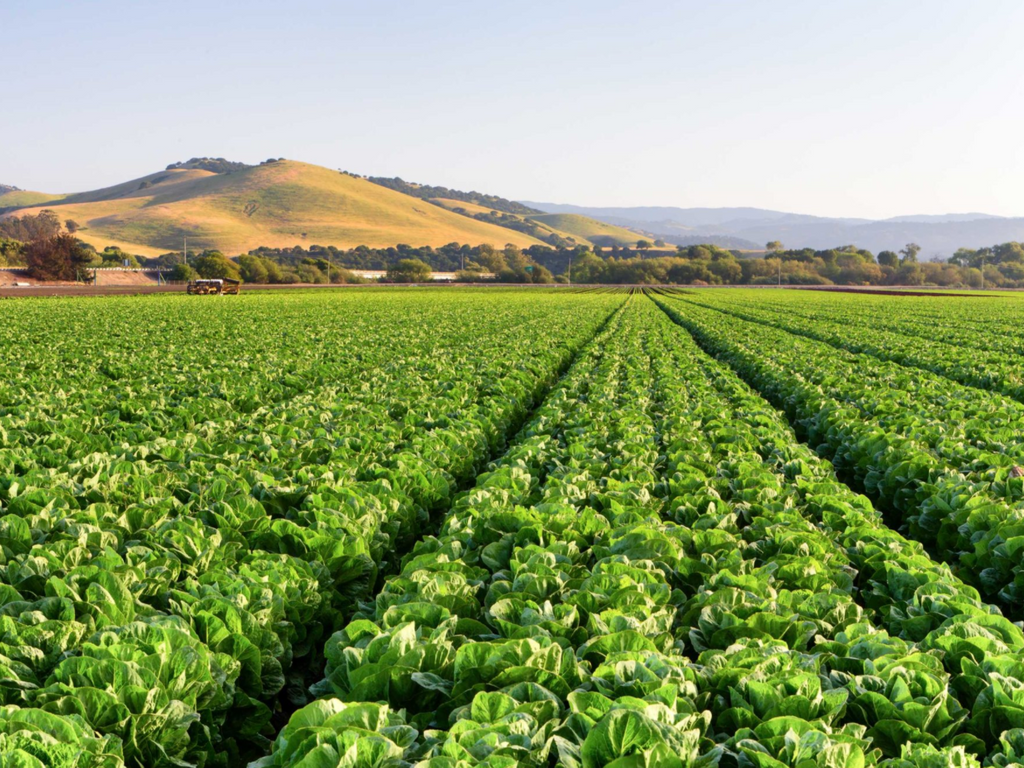Civic Blog #3
Urban Agriculture
The third and final method to combat those issues with modern traditional farming is that of urban agriculture. If the soils of arable lands are being depleted and have limitations, the next step is to bring the farming to the cities using several methods we have already discussed such as hydroponics, aquaponics, aeroponics, and vertical farming. Below we will explore how these alternative farming methods can be used in an urban environment to change the agriculture industry.
.jpg?1624055377)
Now, when you first think of urban agriculture, a common solution is found to be rooftop gardens. With the amount of unused space on the top of business and residential buildings alike, utilizing that space for a greener purpose could make a large difference. Perhaps a residential building could have a greenhouse for home-grown plants for its inhabitants, or even a simple garden for a closer green area than the nearest city park.
A caution when establishing rooftop farms lies within the weight. Installing raised beds or greenhouses with large amounts of soil can be heavy, so the proper calculations and preparations must be made so that the building may support the endeavored plant growth.

Another advantageous way of growing food in cities is through vertical farming. While green buildings can grow food on the sidewalls for direct sunlight exposure and a desired aesthetic, this is not always the best method for raising crops, as it is difficult to harvest.
Growing vertically indoors, in old shipping crate containers, or abandoned mineshafts are all plausible ways to use abandoned space efficiently in cities (Sayner). A plausible method of growing in buildings with outdoor exposure, though, is through the use of balconies and terraces. Even systems such as the aeroponic towers used in True Garden’s farming in Arizona have home-sized equipment of just two or three feet that consumers can use to grow at home.

Hydroponic systems can similarly be used to traverse low walls in alleyways or terraces to grow vegetables and local produce. Oftentimes, companies will use such green agriculture or the piping of hydroponic systems to create a modern, or “green,” aesthetic for their building.
Community
Many urban gardens are made in the form of community gardens that inhabit yards, abandoned parking lots, or simply open spaces in local communities. These community gardens can bring social, economical, and accessible benefits to those who partake in them.

For one, community or backyard gardens increase the social welfare of those communities. Oftentimes, they can be simple resolutions to a city’s “food deserts,” or local areas where it is hard or inconvenient to find access to healthy, affordable foods, particularly produce. Although these gardens certainly will not feed whole communities, it does provide them with local, convenient, and affordable access to healthy foods which they might otherwise not have the ability to purchase. Because many of these gardens use hydroponic and energy-efficient farming methods, they can use up to 2/3 less water than traditional farming and keep costs down (Sayner). Some gardens can even be entirely sufficient from using collected rainwater.
Local gardens have been shown to bring communities together, as well. Offering potential employment and better aesthetics, community gardens increase social activity within an area and reduce crime rates. Many officials view gardens such as these as a great way to simultaneously fill unused spaces and raise the social status of some of the lower-income areas of cities (Plumer). Raising neighborhood statuses includes the increased property values of up to 10% in five years (Sayner). Community gardens help to socially integrate areas of the city in several different aspects.
Why do we care?
Simply put, introducing urban agriculture to areas of cities that do not already implement it is not a complete solution. Even if a significant alteration in using abandoned spaces, rooftops, and building walls were seen, it would only produce enough to feed a fraction of the city’s population. For every few hundred square feet on a rooftop, there are thousands of residents below it. However, that does not mean it does not make any difference.
Studies have shown that implementing urban farming in cities helps to filter out air pollution, making the environment residents live in cleaner and healthier. Food deserts are being combatted, allowing for the access of healthy and affordable foods to more than just the wealthy demographic. When storms and rain floods sweep through the city, gardens prevent much of the runoff which would otherwise be seen as harmful to the surrounding environment.
Urban farming is as much an educational benefit as it is an environmental one. Young kids and families are able to learn and interact with the food growing process, getting hands-on exposure to what they eat. A large disconnect between food and where it comes from appears in cities. Many residents do not consider the work or distance that has been given to raise crops for the food that they have at groceries and farmers’ markets. Allowing residents to perceive what it takes to grow food on their own or in a local community helps to bridge the gap and provide a proper understanding of the agricultural processes.
Hydroponics, vertical farming, and urban farming are all generally intertwined. While they specialize in different areas of environmentally-friendly farming, each has its benefits and drawbacks of being implemented. Perhaps making these changes are not worth it if none individually can sustain the whole of the agriculture industry? Do the benefits outweigh the costs of pursuing a sustainable method of raising produce? What might be the most realistic way to move forward in the near future? I hope these are all things you have been able to think about while reading through my civic blogs, for it is a very important and necessary conversation to have.
Works Cited:
Plumer, Brad. “The Real Value of Urban Farming. (Hint: It’s Not Always the Food.).” Vox, Vox, 15 May 2016, https://www.vox.com/2016/5/15/11660304/urban-farming-benefits.
Sayner, Adam. “Urban Farming Ultimate Guide and Examples.” GroCycle, 6 Aug. 2021, https://grocycle.com/urban-farming/.
















